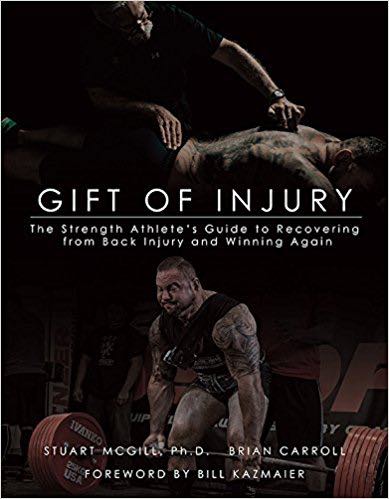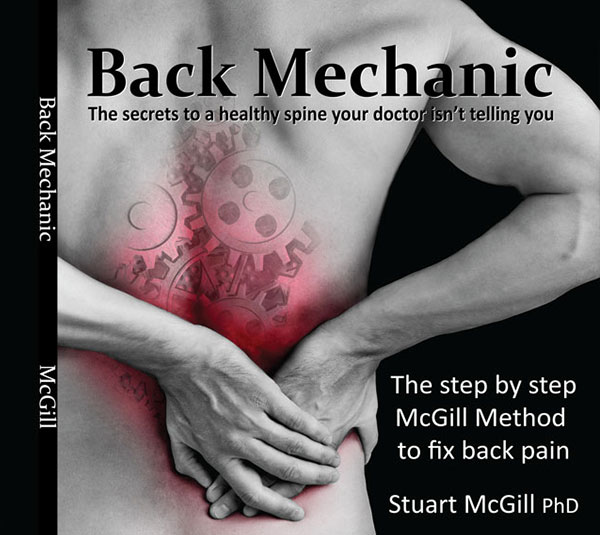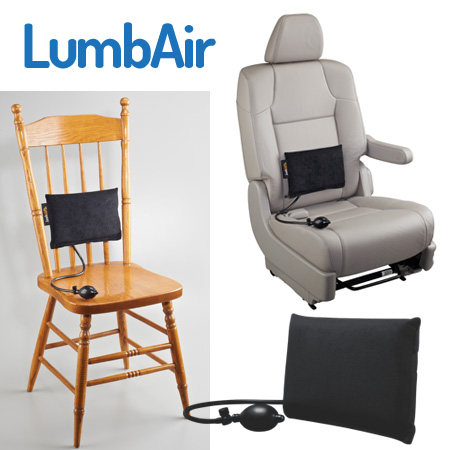21 Nov Rebuilding the Lifters Wedge: Lessons From My 2013 Follow-Up With Dr. McGill
Article Rundown
- I had to relearn the lifter’s wedge by treating even the empty bar with full respect and perfect stiffness.
- McGill caught my flaws right away—bar path, lockout, and not truly compressing the bar.
- Once I fixed it, the reps snapped into place with real stiffness and clean hip drive.
- This session became the foundation for the pain-free lifting and big numbers that came in the years that followed.
Rebuilding the Lifters Wedge
When people ask me where the “lifters wedge” truly clicked for me, I always point them back to my follow-up trip to Waterloo in November of 2013. This was after the initial assessment earlier that year—after months of winding down pain, rebuilding my spine, and re-learning how to move like an athlete again. If you’ve read Gift of Injury, you know that this period was the turning point. Back Mechanic gave me the blueprint to wind down symptoms. Gift of Injury was the roadmap we used to build me back.
What you’re about to see in this video is exactly what that rebuilding looked like: a deep dive into the lifter’s wedge with Professor McGill, using nothing more than an empty bar and a lot of sweat equity.
Pulling Yourself Into the Hole — The First Layer of the Wedge
The first drill McGill had me work through was deceptively simple: pulling myself down into the hole with control. No dropping. No collapsing. No treating the empty bar like it’s “just warm-up weight.”
At this stage I had to learn how to move only through my hips—hinging back, opening the hip sockets little by little—while maintaining a tall thoracic spine, dropping my lats into my back pockets, anti-shrugging, and keeping a stiffened core.
This wasn’t just about the deadlift. The same principles carry directly over to the squat, only the stance changes. The wedge is the wedge.
For a guy my size, as tight as I was in 2013, doing this with an empty bar was hard. That’s why the weight didn’t matter. The pattern mattered. We were building the engram—the automatic wiring—so heavier loads later on wouldn’t expose cracks.
Identifying the Flaws — And Fixing Them in Real Time
As I started working down into the hole, some of my flaws showed immediately. You’ll see in the video that I had a hitch on the way up—a little “show” from the upper back and a stutter at lockout. My bar path wasn’t pristine, and I didn’t stick the finish the way McGill wanted.
Instead of brushing past it, he stopped me.
He noticed I wasn’t truly compressing the bar and posting through my lats. You’ve seen me coach this thousands of times with suitcase carries—twisting the bar down, anti-shrugging, and locking the upper body into a rock-solid column. Here, with an empty bar, I wasn’t doing it well enough.
McGill had me reset, respect the load, and take the wedge seriously.
Respecting Light Weight Like Heavy Weight
Once I applied the correction—rooting my feet, grabbing the bar harder than I wanted to, twisting the bar down, and driving my hips to the sweet spot—everything changed.
My second rep looked like an entirely different lifter:
- More stiffness through the anterior core
- Lats locked down
- Pecs and shoulders pulling tight to the torso
- A neutral spine that didn’t budge
- Hips pulling through cleanly with no wiggle at lockout
This is what people misunderstand about the wedge.
It’s simple, but it’s not easy.
You have to earn the pattern every single rep. And if you don’t respect the light loads, you sure as hell won’t respect the heavy ones.
Why the Lifters Wedge Is the Foundation of Everything
The lifters wedge is not just for the deadlift. It’s the setup for the squat, the bench, the row—every major lift that requires a neutral spine, torso stiffness, and pristine hip engagement.
In 10/20/Life, I talk about using the goblet squat or a kettlebell hinge as a warm-up for the wedge. It teaches the hips how to open, teaches the thoracic spine how to stay tall, and teaches the system how to brace before the bar even breaks the floor.
This drill in 2013 is where that principle was hammered into me. Lightweight. Empty bar. Sweat pouring. Patterning perfection. That’s the real work.
The Rep That Set the Tone for the Next Seven Years
As you watch the final rep in this video, you’ll see everything come together:
Heels driven through the floor.
Toes anchored.
Hips pulled into position.
Neutral spine, anti-shrug, lats tight, bar locked in.
This wasn’t just a technical correction. It was a turning point.
That day in Waterloo set the tone for the next seven years of pain-free lifting, competing, and eventually achieving things like the 1306 squat that weren’t even on my radar before 2013.
The wedge was the foundation. And mastering it—slowly, painfully, perfectly—changed everything.










Sorry, the comment form is closed at this time.